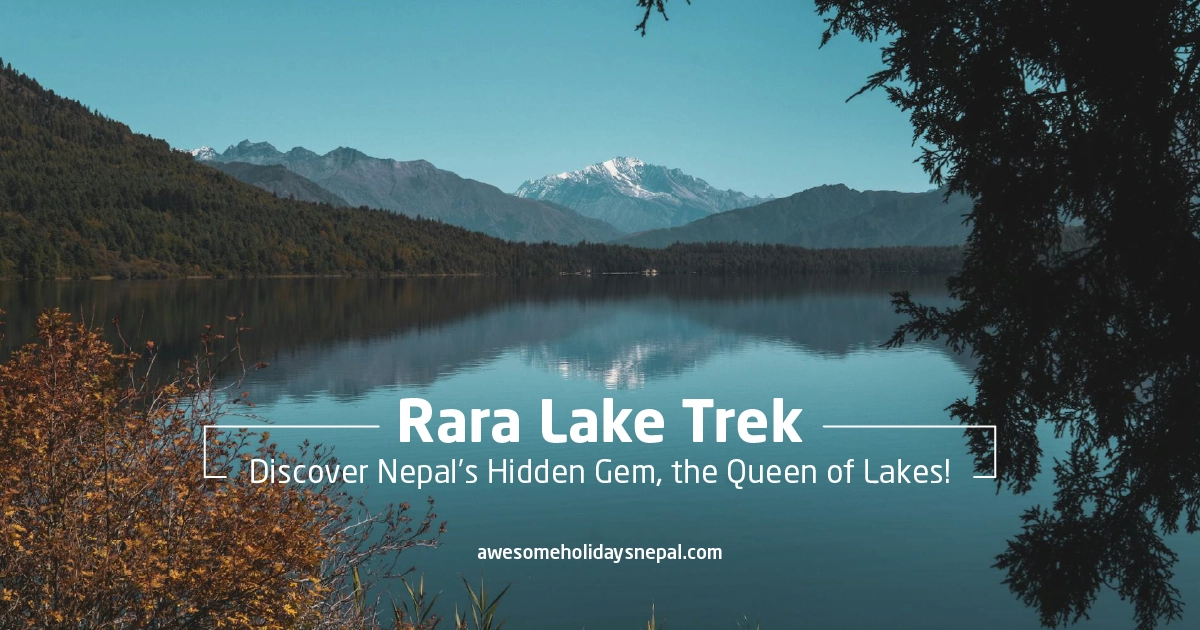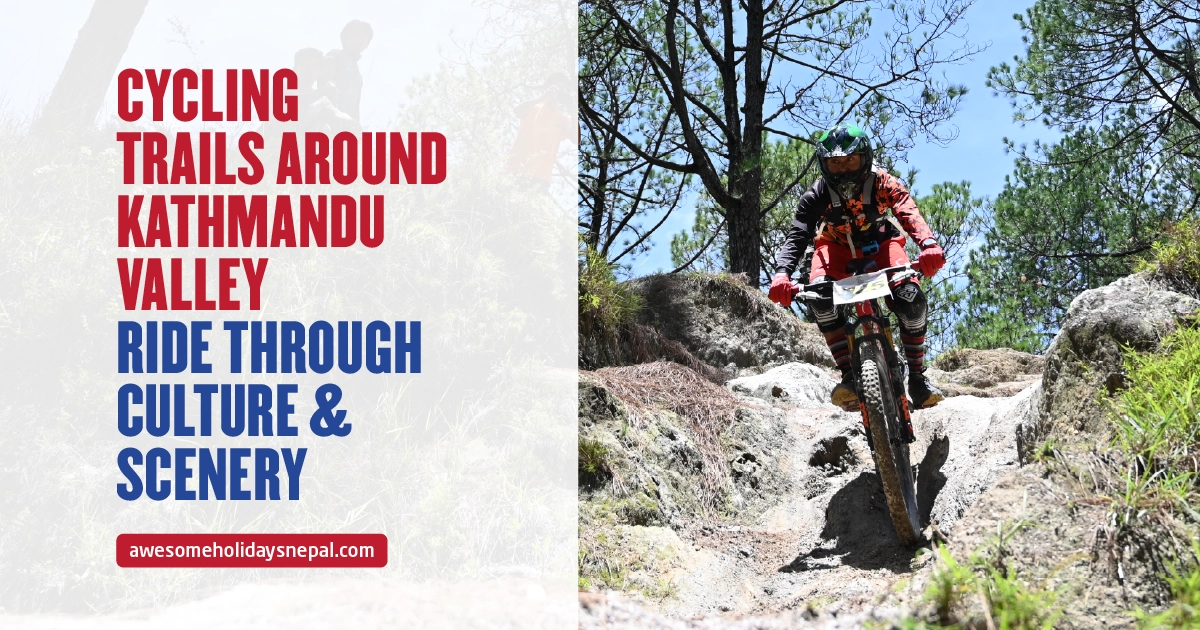Ten Things to Know Before Annapurna Base Camp Trek
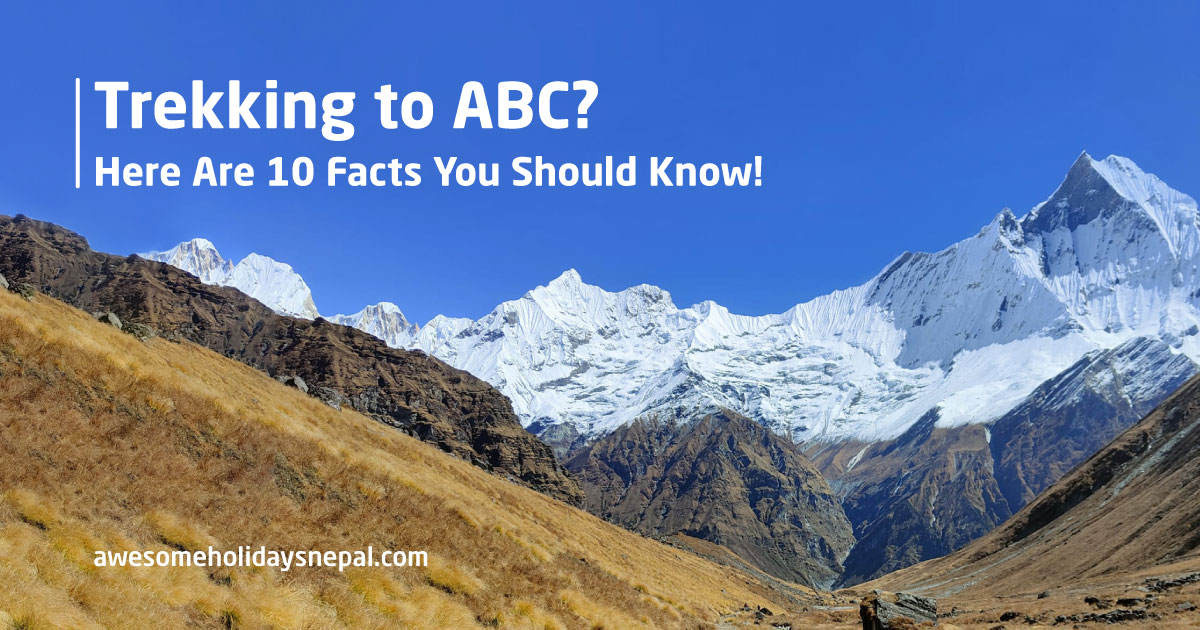
The Annapurna Base Camp Trek, also popularly known as ABC Trek, is one of Nepal’s most iconic and rewarding trekking experiences. Nestled in the lap of the Annapurna Massif, this trek offers breathtaking mountain views, diverse landscapes, and rich cultural encounters. Whether you’re a seasoned trekker or a first-timer, thorough preparation is key to a successful journey.
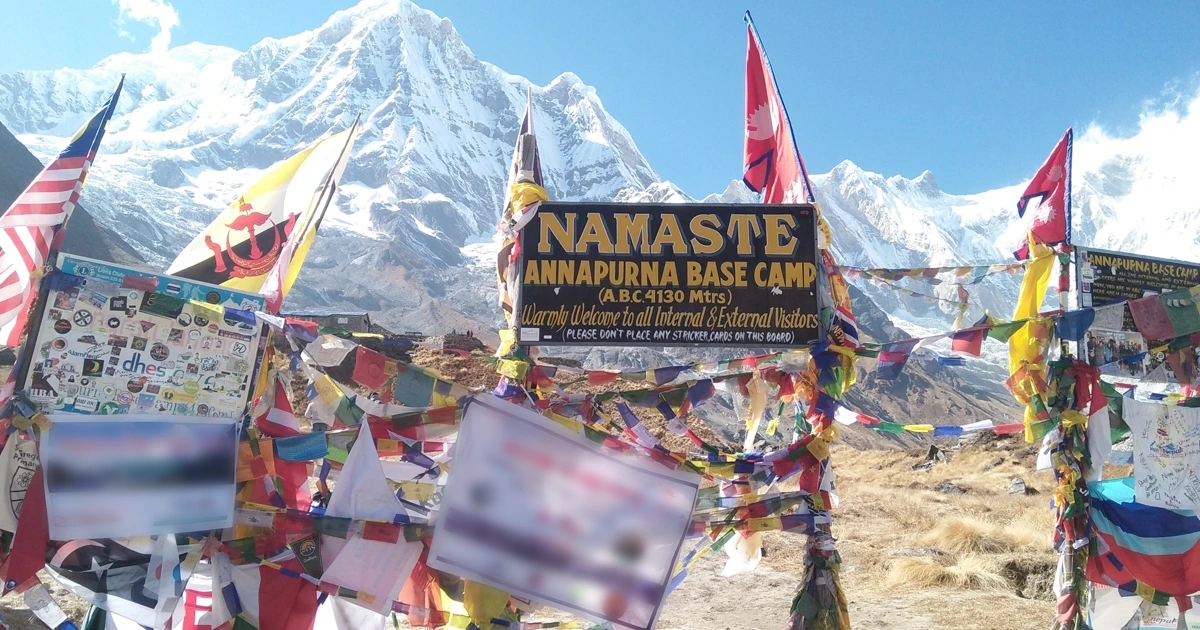
Annapurna Base Camp isn’t just a trek; it’s a soul-stirring odyssey through Nepal’s most breathtaking landscapes, where every step unravels a new chapter of adventure. Here are ten essential things you should know before embarking on the ABC trek.
Best Time for ABC Trek & Weather Conditions
Timing plays a crucial role in shaping your trekking experience. The best seasons for Annapurna Base Camp Trek are spring (March-May) and autumn (September-November). During these months, the weather is relatively stable, with clear skies offering breathtaking mountain views.
- Spring (March-May) provides pleasant temperatures, blooming rhododendrons, and excellent visibility.
- Autumn (September-November), on the other hand, has dry weather, crisp air, and ideal trekking conditions with moderate temperatures.
- Winter (December-February) is not preferred due to extremely cold, with snowfall making higher trails challenging.
- Monsoon (June-August) is also not so popular due to heavy rainfall, slippery trails, and leeches, making it less ideal.

Understanding the seasonal variations is crucial for trekkers to plan accordingly and avoid unnecessary challenges due to extreme weather conditions.
Altitude Sickness & Acclimatization
Though considered one of the easy trekking destinations in Nepal, altitude sickness is a silent adversary on this adventure, reminding every explorer that respect for the mountains is not optional but essential for survival. In every trekking route of Nepal above 3500m from the sea level, altitude sickness remains a concern. Altitude sickness, if worsened takes the form of Acute Mountain Sickness (AMS) and can be prevented with a gradual ascent and proper acclimatization.

Some common Symptoms of AMS include headache, dizziness, nausea, and shortness of breath. The altitude sickness and AMS can be prevented with some actions such as:
- Ascend gradually and take rest days if needed.
- Stay hydrated and avoid alcohol.
- Taking a carbohydrates-rich balanced diet is beneficial during trekking.
- Consider taking Diamox (Acetazolamide) if you’re prone to altitude sickness.
Trek Duration & Difficulty Level
The Annapurna Base Camp trek typically takes 10-14 days, depending on the route and pace. It is classified as a moderate trek, suitable for both beginners and experienced trekkers. Trekkers can expect to walk 5-7 hours daily, with some steep ascents and descents.
Physical Preparation:
One must be physically fit for trekking in mountainous regions of Nepal. Engage in cardio exercises like running or cycling for endurance. Start short hikes, climb stairs instead of using elevators, or squat to strengthen leg muscles.
Accommodation, Food & Water
The Annapurna Base Camp Trek consists of basic teahouses, and lodges offering meals and shelter. One can get simple rooms, sometimes on a shared basis with shared toilets and limited facilities.

Food:
The teahouses provide you with simple Nepali cuisines like Dal Bhat (rice, lentils, and vegetables) and other foods. Other options include noodles, momos, soups, and pancakes, providing essential energy. Dal Bhat isn’t just a meal; it’s the fuel that powers trekkers through rugged terrains, proving that the simplest of foods can carry the grandest of energies.
13 Foods You Shouldn’t Miss While in Nepal: A Culinary Journey through the Himalayas
Drinking Water:
Avoid drinking tap water directly. With a minimum charge, teahouses provide you with boiled water. It’s good to carry water purification tablets (eg Aquatabs) or lifesaving LifeStraw. Bottled mineral water is also available but is less eco-friendly. Please, throw the plastic waste in dustbins kept at some designated places.
Packing Essentials & Gear:
The 1-2-3-4-5-6 Rule is a simple yet effective packing strategy for trekkers, ensuring they travel light while carrying all the essentials. Here’s how it works:
- 1 pair of sturdy trekking shoes, plus a comfortable pair of sandals for camp.
- 2 pairs of trousers for trekking and relaxation.
- 3 tops/layers: a long-sleeve base layer, a mid-layer for warmth, and a windproof jacket for protection.
- 4 pairs of socks and undergarments to maintain hygiene.
- 5 essential accessories: a hat or cap, gloves, UV-protection trekking sunglasses, a buff or scarf, and a towel or tissue paper.
- 6 must-have toiletries and essentials: toothbrush and toothpaste, SPF 50+ sunscreen, a compact first-aid kit, a water bottle or hydration bladder, a headlamp with extra batteries, and electronic devices like a phone, camera, and charger.
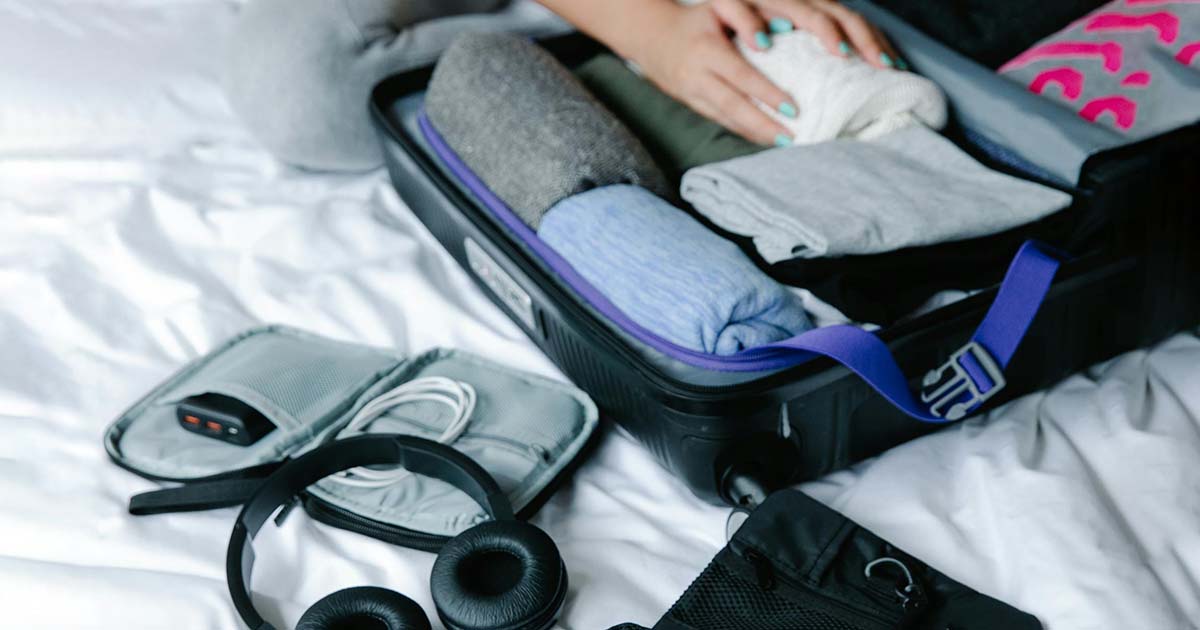
For winter treks in the mountains, additional warm clothing is necessary. Extra layers, such as a down jacket and a sleeping bag, should be included to ensure comfort in freezing temperatures. Packing smartly is crucial for a successful trek. Here is a detailed blog on a traveler’s guide on packing light for trekking in Nepal.
Guides & Porters: Hiring Support & Respecting Local Culture
Hiring a local guide isn’t just about navigation; it’s about unlocking hidden stories, sharing laughter with mountain souls, and supporting Nepal’s vibrant trekking community. Hiring a licensed guide and porter is highly recommended for navigation and comfort. Guide provides route knowledge, cultural insights, and safety support. Porters help to make your trip comfortable and easier by carrying luggage.
Permits, and Visa
Before trekking to ABC, you need Permits from certain government agencies for trekking in Nepal. For the ABC trek, you need an Annapurna Conservation Area Permit (ACAP), and a Trekkers’ Information Management System (TIMS) Card from the Nepal Tourism Board in Kathmandu.
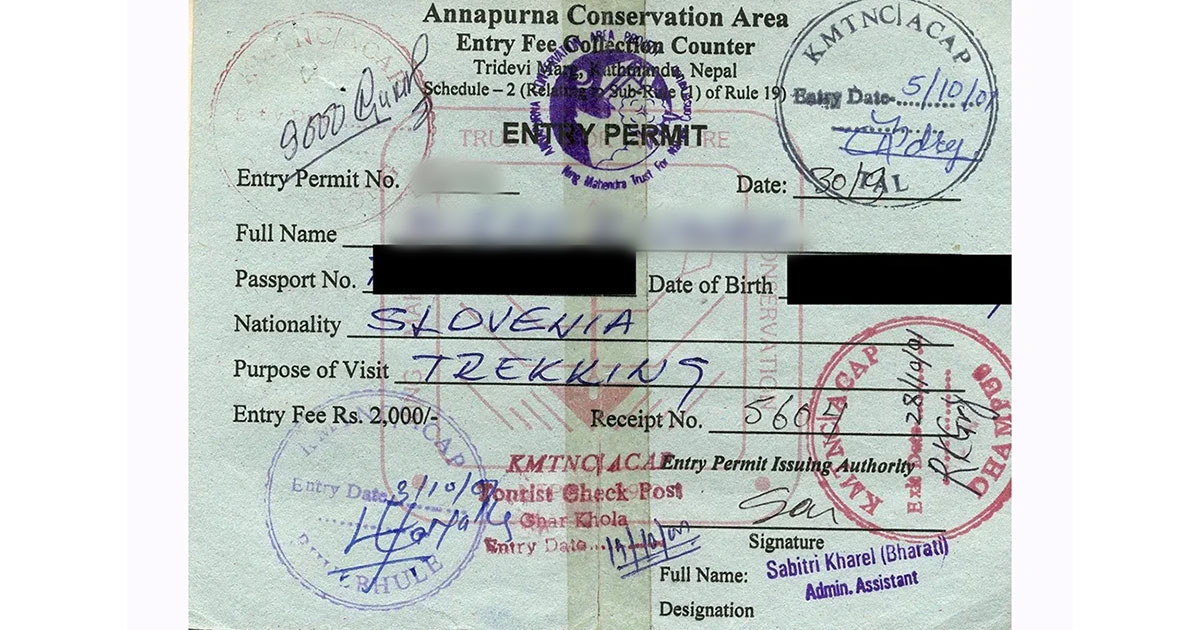
Department of Immigration provides you visa on arrival in Nepal. On Arrival Visa Fee at Entry Points are as follows:
- For 15 Days – 30 USD
- For 30 Days – 50 USD
- For 90 Days – 125 USCash & ATMs
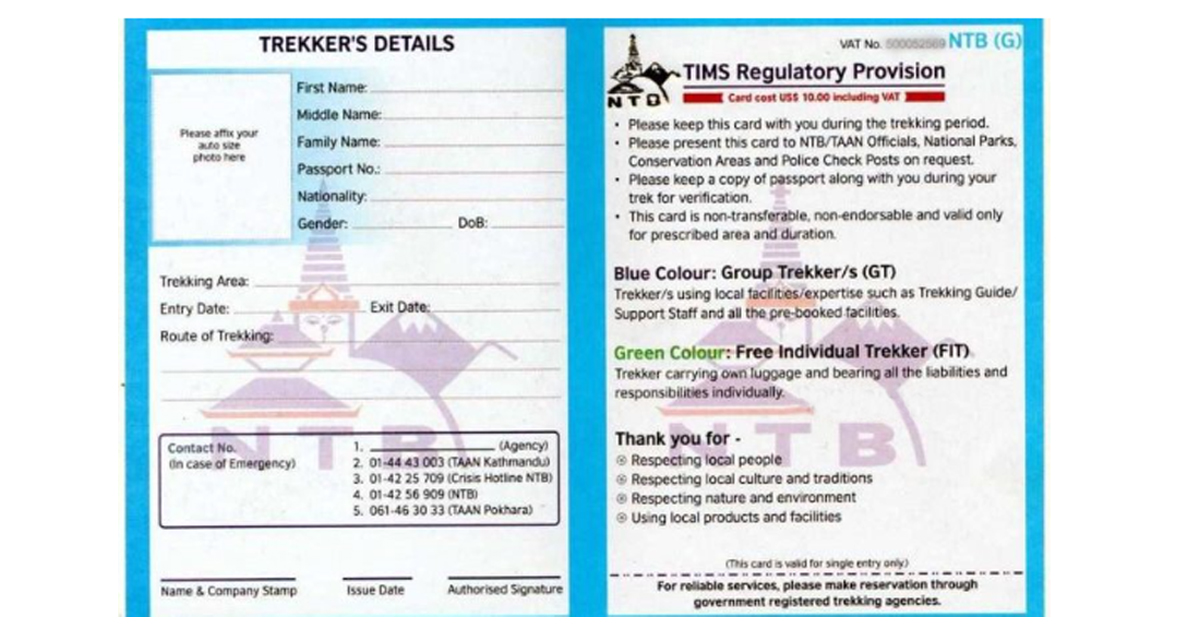
ATMs are available in Pokhara and Kathmandu, but once on the trail, cash is the only accepted payment method. ATMs are not available but some of the teahouses accept online payment via E-sewa or other digital wallets. You are advised to carry smaller notes of Rs 10, Rs 20 Rs 50, and Rs 100. NPR 3,000–5,000 is required per day for food and accommodation. Carry Enough Cash for emergencies and snacks.
Internet & Wi-Fi
In the solitude of the Annapurna wilderness, Wi-Fi and ATMs fade into insignificance, replaced by the priceless wealth of raw nature and human connection. Wi-Fi is available at most teahouses, but expect slow speeds, and comes with additional high charges. As an alternative, you can use Ncell or NTC SIM cards with data packs which again have limited connectivity in some remote areas.

Jhinu Hot Spring & Ghorepani Poon Hill
Enhance your trekking experience with two highlights of the ABC trek. The Jhinu Hot Spring and the Ghorepani Poon Hill. There is a natural hot spring near Chhomrong (upper Jhinu) perfect for a relaxing dip after days of trekking. At Jhinu Hot Spring, weary legs surrender to the healing embrace of warm mineral waters, a natural luxury that feels like a reward from the mountains themselves.
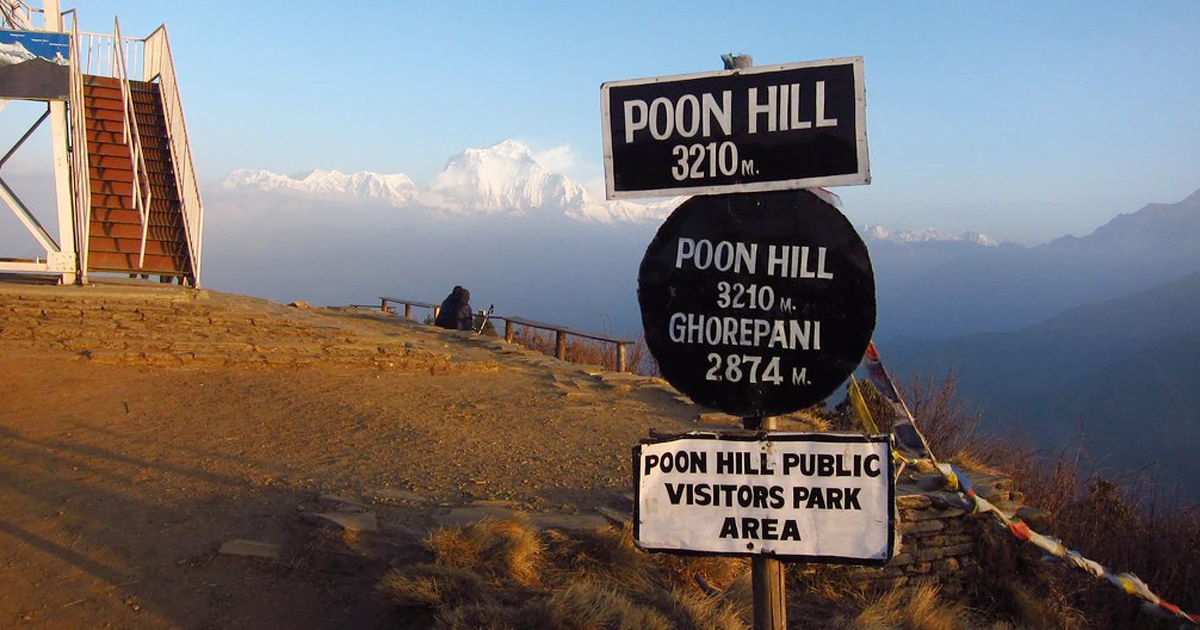
Similarly, Ghorepani Poon Hill provides a short detour offering one of the best sunrise views over the Annapurna and Dhaulagiri ranges. Ghorepani Poon Hill at dawn is where dreams meet reality, as the golden sunrise kisses the snow-capped peaks, leaving trekkers spellbound in nature’s embrace.
Final Thoughts
The Annapurna Base Camp trek is a once-in-a-lifetime experience, offering stunning landscapes, cultural immersion, and a rewarding adventure. With proper preparation, the right gear, and an understanding of the trek’s challenges, you can make your ABC trek an unforgettable journey.
Are you planning your ABC trek? Feel free to drop your questions in the comments, and Awesome Holidays Nepal will be happy to help you.
Happy trekking!
FAQs
Expand AllHow should I physically prepare for the Annapurna Base Camp trek?
Engage in regular cardiovascular exercises, and strength training, and practice hiking with a loaded backpack to build endurance and strength.
What mental challenges might I face during the trek, and how can I prepare for them?
Be prepared for rugged conditions, including encounters with bugs, dirt, and limited shower facilities. Mental preparation is crucial for adapting to outdoor living.
What essential gear should I pack for the trek?
Key items include sturdy hiking boots, layered clothing, a quality sleeping bag, trekking poles, and a first aid kit.
When is the best time to undertake the Annapurna Base Camp trek?
The ideal seasons are autumn (mid-September to mid-December) and spring (March to May), offering stable weather and clear mountain views.
5. How can I prevent altitude sickness during the trek?
Ascend gradually, stay hydrated, and consider taking rest days to acclimate properly.
Is hiring a guide or porter necessary for the trek?
While not mandatory, hiring a guide can enhance your experience with local knowledge, and a porter can ease the physical burden by carrying heavy loads.
What permits are required for the Annapurna Base Camp trek?
Trekkers need the Annapurna Conservation Area Permit (ACAP) and the Trekkers’ Information Management System (TIMS) card.
How can I ensure safe drinking water during the trek?
Carry water purification tablets or a reliable filtration system to treat water sourced from local streams or teahouses.
What are the toilet facilities like on the trek?
Expect basic squat-style toilets at teahouses and limited facilities along the trail; carrying personal hygiene supplies is advisable.
Related blog posts
Discover a choice of tourist destinations loved by most of our visitors. Whether you're on a jungle safari to spot rare animals or walking through a world heritage site, these well-planned itineraries cover the major highlights of Nepal.


